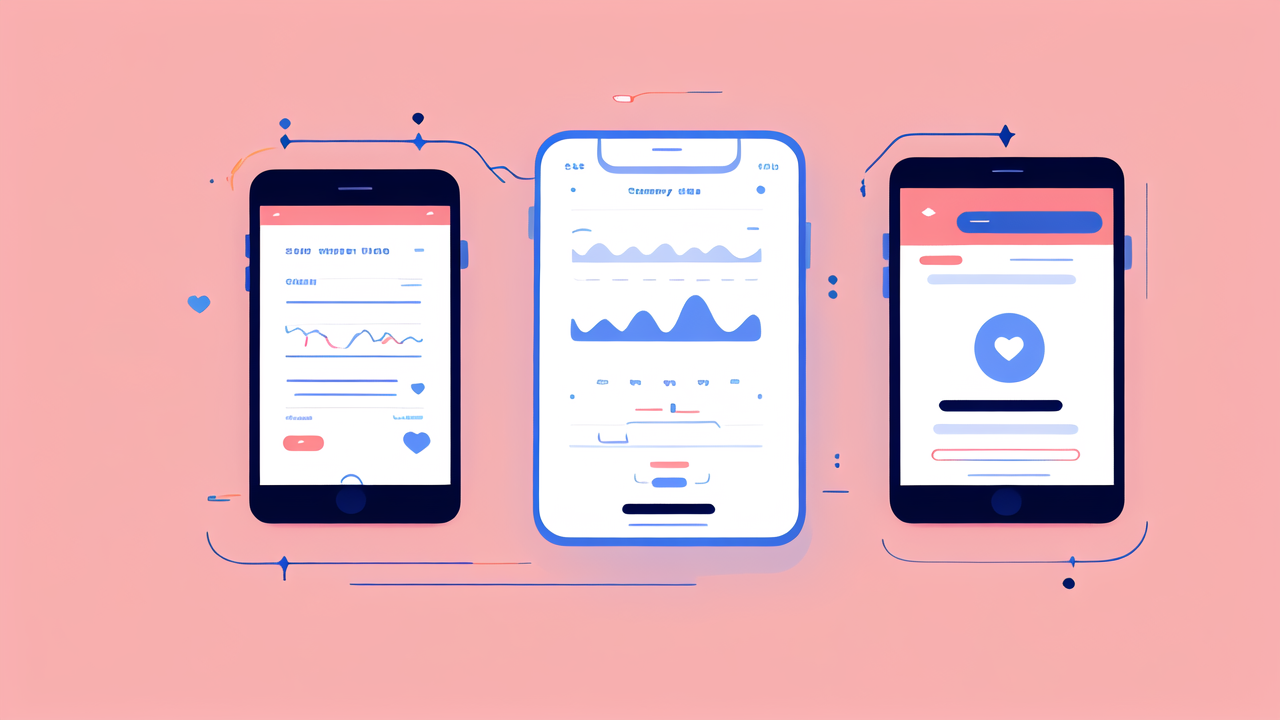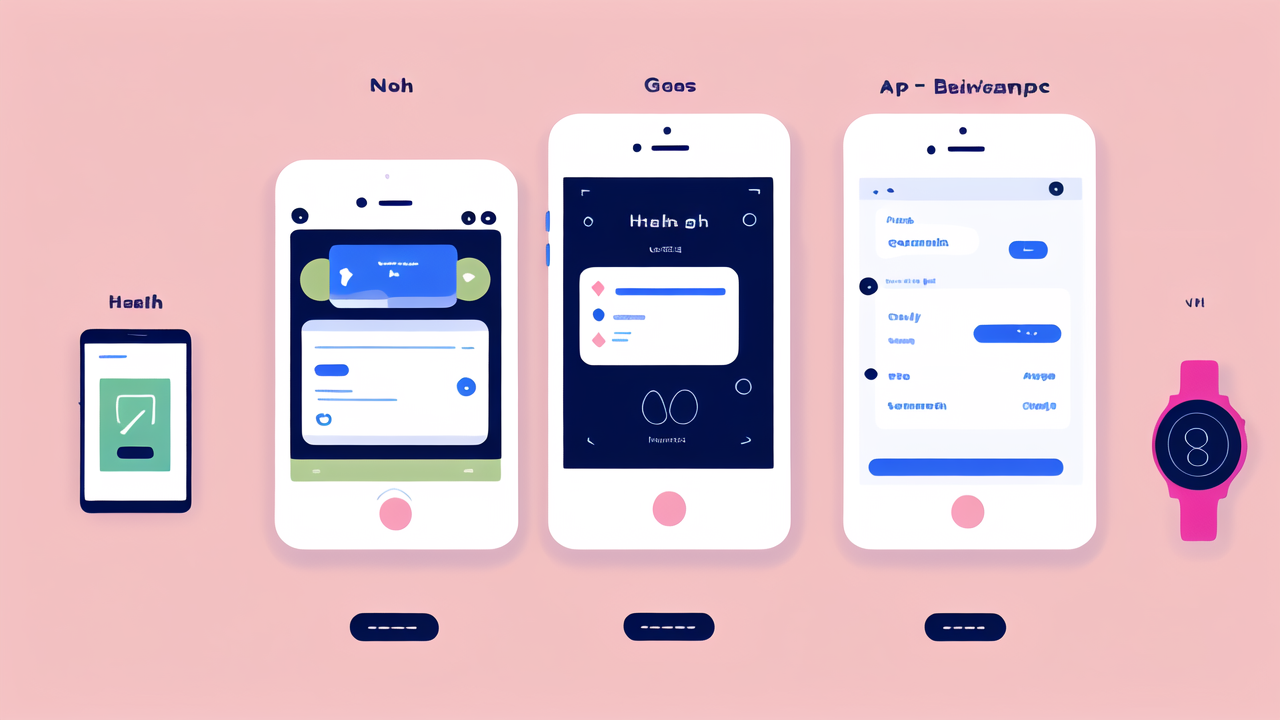Understanding the Smart Band Market in the United States
The Evolution of Smart Bands
Smart bands have come a long way since their early days. They started as simple step counters. Now, they're packed with features. The first smart bands were basic. They tracked steps and calories burned. Today's smart bands do much more. They monitor heart rate, sleep patterns, and even stress levels. Some can even show notifications from your phone. The tech inside has improved a lot. Sensors are more accurate. Batteries last longer. Designs are sleeker and more comfortable to wear. Smart bands have become an essential part of many people's daily lives. They help users stay active and keep track of their health.

Key Drivers for the Growth of the Smart Band Industry
Several factors are driving the growth of smart bands. Health awareness is a big one. People want to track their fitness and wellness. Smart bands make this easy. The rise of wearable tech is another factor. People are more comfortable with gadgets on their bodies. Affordability plays a role too. Smart bands are often cheaper than full smartwatches. They offer many of the same features at a lower price. Integration with smartphones is also key. Smart bands work well with apps people use daily. The COVID-19 pandemic boosted interest in health tracking. This led more people to try smart bands. As tech improves, smart bands get more appealing. They offer more features while staying simple to use.
Regulatory Considerations for Smart Bands
Smart bands face some regulatory hurdles. Privacy is a big concern. These devices collect a lot of personal data. Companies must follow data protection laws. In the US, the FDA has rules for health-related devices. Some smart bands may need FDA approval. This depends on the features they offer. Safety standards also apply. Smart bands must be safe to wear. They can't cause skin irritation or other health issues. Battery safety is another concern. Recalls have happened due to battery problems. Companies must ensure their products meet all safety standards. As smart bands add more health features, regulations may tighten. Companies need to stay up-to-date with changing rules.
Top Smart Bands of 2023: A Closer Look
Leading Brands in the Smart Band Market
Several brands dominate the smart band market. Fitbit is a well-known name. They offer a range of products at different price points. Apple's fitness trackers are popular among iPhone users. Garmin is known for its sports-focused devices. They appeal to serious athletes. Xiaomi offers budget-friendly options. Their Mi Band series is very popular. Samsung has its Galaxy Fit line. These work well with Samsung phones. Huawei is gaining ground with its affordable bands. Each brand has its strengths. Some focus on fitness, others on general health tracking. Brand loyalty plays a big role in this market. Many users stick with brands they trust.

Innovative Features that Set Smart Bands Apart
Smart bands are getting more advanced. Here are some standout features:
- ECG monitoring: Some bands can take electrocardiograms.
- Blood oxygen tracking: This became popular during the pandemic.
- Stress management: Bands can detect stress levels and suggest relaxation techniques.
- Female health tracking: Many bands now offer menstrual cycle tracking.
- GPS: Built-in GPS allows for phone-free run tracking.
- Water resistance: Most bands are now waterproof for swimming.
- Long battery life: Some bands can last weeks on a single charge.
- Smart home control: Some bands can control smart home devices.
- Contactless payments: A few bands support NFC for payments.
These features help brands stand out in a crowded market. They offer users more value and functionality.
Price Points and Target Consumer Segments
Smart bands come at various price points. This helps them appeal to different consumers. Budget bands start around $30. These offer basic tracking features. Mid-range bands cost $50 to $100. They have more features and better build quality. High-end bands can cost over $150. These often have advanced health tracking and premium materials. Different price points target different groups. Budget bands appeal to first-time users and price-conscious buyers. Mid-range bands target fitness enthusiasts and tech-savvy users. High-end bands attract health-conscious consumers and gadget lovers. Some brands offer bands for specific groups. There are bands for kids, seniors, and athletes. Pricing strategy is key in this competitive market.
Analyzing the Competitive Landscape of Smart Bands
Comparative Analysis: Performance and Features
When comparing smart bands, several factors come into play. Accuracy is crucial. The best bands give reliable data on steps, heart rate, and sleep. Battery life varies widely. Some bands last a week, others a month. Screen quality matters too. Larger, brighter screens are easier to read. Comfort is important for all-day wear. Some bands are barely noticeable, others can feel bulky. App ecosystems differ. The best apps offer detailed insights and easy-to-read data. Water resistance is standard, but levels vary. 5 ATM is better than IP68 for swimmers. GPS accuracy is key for runners. Some bands have built-in GPS, others use the phone's GPS. Health feature sets differ. Advanced bands offer ECG, SpO2, and stress tracking. Basic models stick to steps and heart rate. Compatibility is another factor. Some bands work better with certain phone brands.

Consumer Trends and Market Demands
Consumer preferences in smart bands are evolving. There's a growing demand for health features. Users want more than just fitness tracking. Mental health tracking is gaining popularity. Stress management and mood tracking are in demand. Battery life remains a top priority. Users don't want to charge their band every day. Design is becoming more important. People want bands that look good with any outfit. Customization options are popular. Users like to change bands and watch faces. There's interest in non-fitness features too. Things like contactless payments and smart home control. Privacy concerns are influencing buying decisions. Users want control over their data. Integration with health apps and services is expected. Consumers want their band to work with their favorite fitness apps.
Future Outlook: What's Next for Smart Bands?
The future of smart bands looks promising. We can expect more advanced health features. Things like blood pressure monitoring and glucose tracking may become common. AI will play a bigger role. Bands might offer personalized health advice based on data. Battery tech will improve. We might see bands that charge with body heat or movement. Displays could get more advanced. Flexible or wrap-around screens might appear. Integration with other devices will increase. Smart bands might control more aspects of our digital lives. Health insurance companies might offer incentives for using smart bands. This could boost adoption. We might see more specialized bands for medical conditions. The line between smart bands and medical devices may blur. As tech improves, smart bands will likely become even more central to health and fitness tracking.




Leave a comment
This site is protected by hCaptcha and the hCaptcha Privacy Policy and Terms of Service apply.